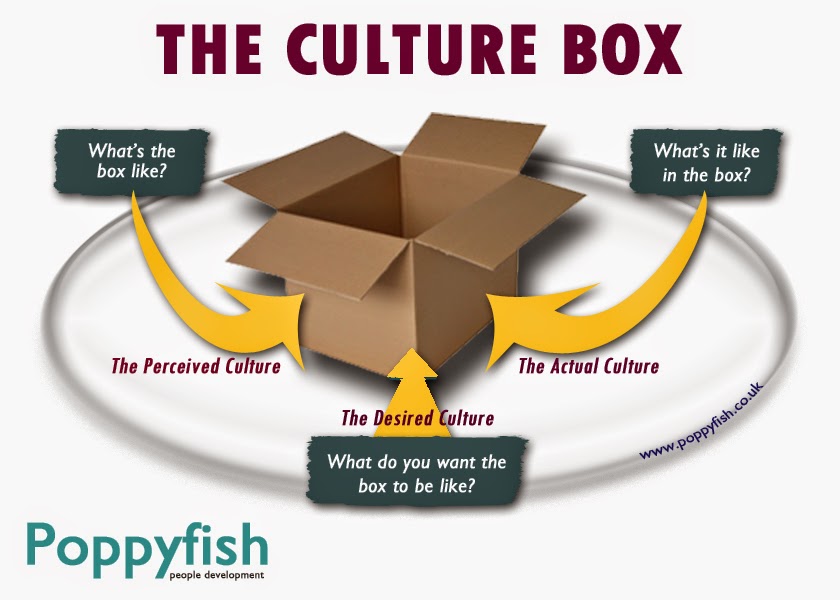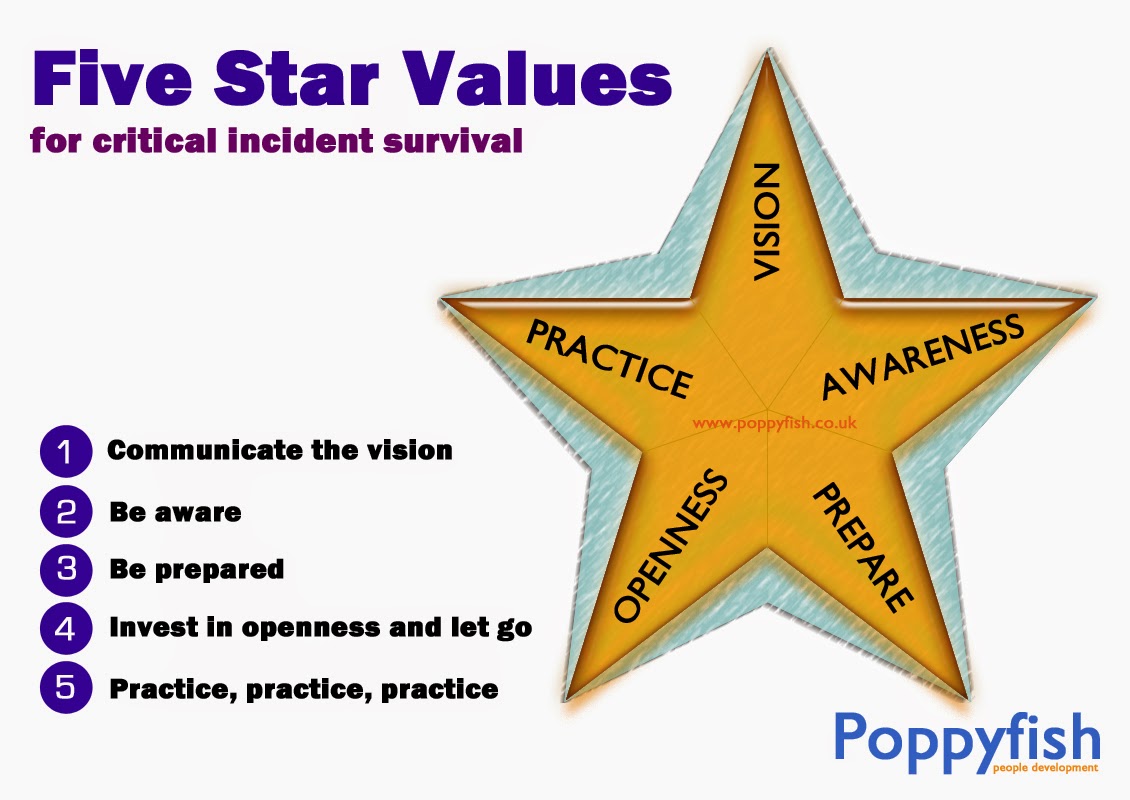The Culture Box
Organisational culture can be a confusing topic, especially for those who have never come across it before. Those of us who ponce around talking about leadership and organisational dynamics tend to forget that, for many, culture is a bit of a buzzword. Often, others associate culture with going to the ballet or liking opera, not to “the way we do things around here”. So to help us explore the ideas around culture with those who have never encountered it before we’ve developed the idea of The Culture Box. It works as a great metaphor for organisational culture and doubles up as a fun group exercise for teams getting started with the concept of culture.
So how does it work?
The Culture Box Exercise
For this exercise you will need a large cardboard box. The larger the better. Ideally you can use one that’s large enough for one or two members of the group to sit in. Then, with the box placed in the centre of the room, enlist your volunteer(s) and sit them in the box. If the box is not big enough to sit in, then maybe ask them to put it on their head. What is important is that they are 'in the box'. Split the rest of the group into two teams; ‘externals’ and ‘managers’.
Then start to explore culture using three questions (best done by simultaneously with answers shared after about ten minutes).
1) What is the box like?
This question is posed to the members of the ‘externals’ group who are not in the box and allows them to explore the perceived culture of the box from the outside. Ask the group to spend 5-10 minutes thinking about what impressions they have of the box. It’s a good idea to collate their answers either on a flip chart or cards so that they can be compared with other groups later. Typical responses might be ‘big’, ‘old’, ‘heavy’, ‘battered’ etc whilst some more adventurous responses might be describe the box as ‘fun’, ‘funky’ etc. It’s all valid. Collect it all for future discussion. This gives the perceived culture, an external view of the box.
2) What’s it like in the box?
This question is posed to whoever is actually in the box. They should write down (a bit tricky if they have a box on their head..) what is it like inside the box. Typical responses might be ‘uncomfortable’, ‘hot’, ‘fun’ etc etc. This gives us the actual culture of being in the box. Notice that people in the box are more likely to talk about feelings. Hmm... what's that all about?
3) What do we want the box to be like?
This question should be posed to the 'managers' group. This is where they can be creative, coming up with some ideas of what they want the box to be like. Encourage them to be as creative as they want. It is important that this group of people reach a consensus on what the desired future state of the box will be when seen both from the outside, and to be in. This gives the desired culture.
Collate the responses from each group and explore (let them take the box off their heads...)
There are many ways to explore the answers. What do the groups think of each other’s views? How are the views different? Where are they similar? Then start to push on further. What happens if you begin to make the changes that they identified. How does that change the perceived culture? How does it change the actual culture? What strategy and tactics will the managers use? How do those in the box feel about the changes? How do the 'managers' sell the change? What does that mean for imposed change?
And so on. Hours of fun. Oodles of learning.
So how does it work?
The Culture Box Exercise
For this exercise you will need a large cardboard box. The larger the better. Ideally you can use one that’s large enough for one or two members of the group to sit in. Then, with the box placed in the centre of the room, enlist your volunteer(s) and sit them in the box. If the box is not big enough to sit in, then maybe ask them to put it on their head. What is important is that they are 'in the box'. Split the rest of the group into two teams; ‘externals’ and ‘managers’.
Then start to explore culture using three questions (best done by simultaneously with answers shared after about ten minutes).
1) What is the box like?
This question is posed to the members of the ‘externals’ group who are not in the box and allows them to explore the perceived culture of the box from the outside. Ask the group to spend 5-10 minutes thinking about what impressions they have of the box. It’s a good idea to collate their answers either on a flip chart or cards so that they can be compared with other groups later. Typical responses might be ‘big’, ‘old’, ‘heavy’, ‘battered’ etc whilst some more adventurous responses might be describe the box as ‘fun’, ‘funky’ etc. It’s all valid. Collect it all for future discussion. This gives the perceived culture, an external view of the box.
2) What’s it like in the box?
This question is posed to whoever is actually in the box. They should write down (a bit tricky if they have a box on their head..) what is it like inside the box. Typical responses might be ‘uncomfortable’, ‘hot’, ‘fun’ etc etc. This gives us the actual culture of being in the box. Notice that people in the box are more likely to talk about feelings. Hmm... what's that all about?
3) What do we want the box to be like?
This question should be posed to the 'managers' group. This is where they can be creative, coming up with some ideas of what they want the box to be like. Encourage them to be as creative as they want. It is important that this group of people reach a consensus on what the desired future state of the box will be when seen both from the outside, and to be in. This gives the desired culture.
Collate the responses from each group and explore (let them take the box off their heads...)
There are many ways to explore the answers. What do the groups think of each other’s views? How are the views different? Where are they similar? Then start to push on further. What happens if you begin to make the changes that they identified. How does that change the perceived culture? How does it change the actual culture? What strategy and tactics will the managers use? How do those in the box feel about the changes? How do the 'managers' sell the change? What does that mean for imposed change?
And so on. Hours of fun. Oodles of learning.





Comments
Post a Comment